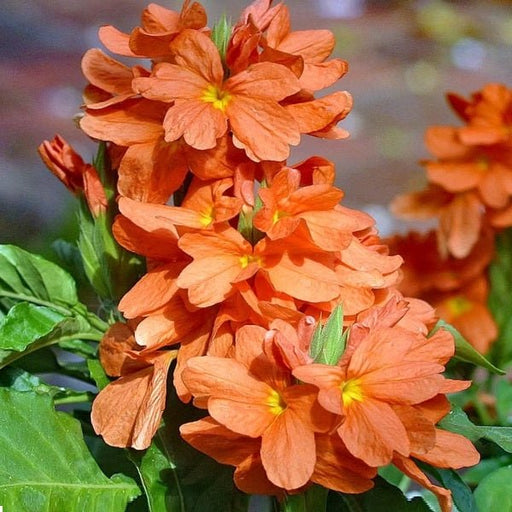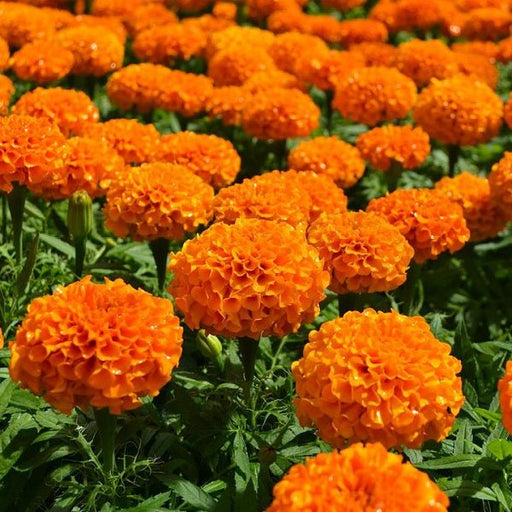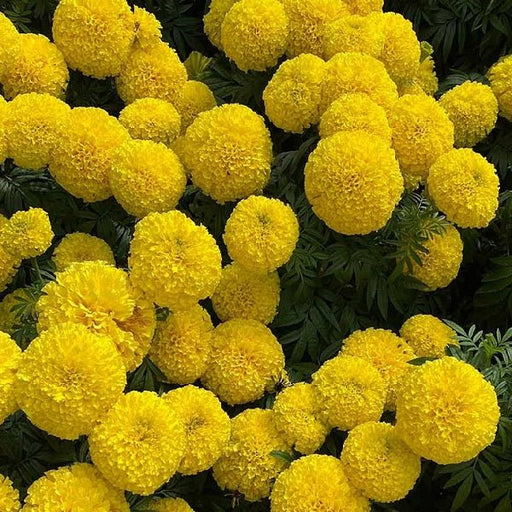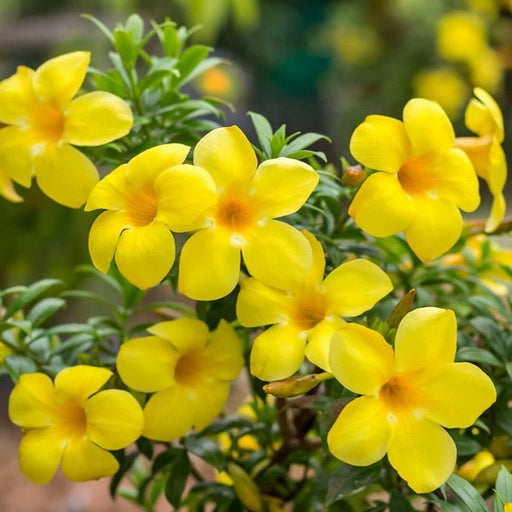
Piper Betel, Maghai Paan - Plant
Synonyms: Maghai Paan, Betel Leaf Plant, Piper betle
Product Highlights:
- Common Names: Piper Betel, Maghai Paan
- Highly regarded and aromatic vine plant
- Known for its heart-shaped, glossy leaves
- Cultivated for various traditional and cultural uses
- Popular for its refreshing flavor and potential health benefits















